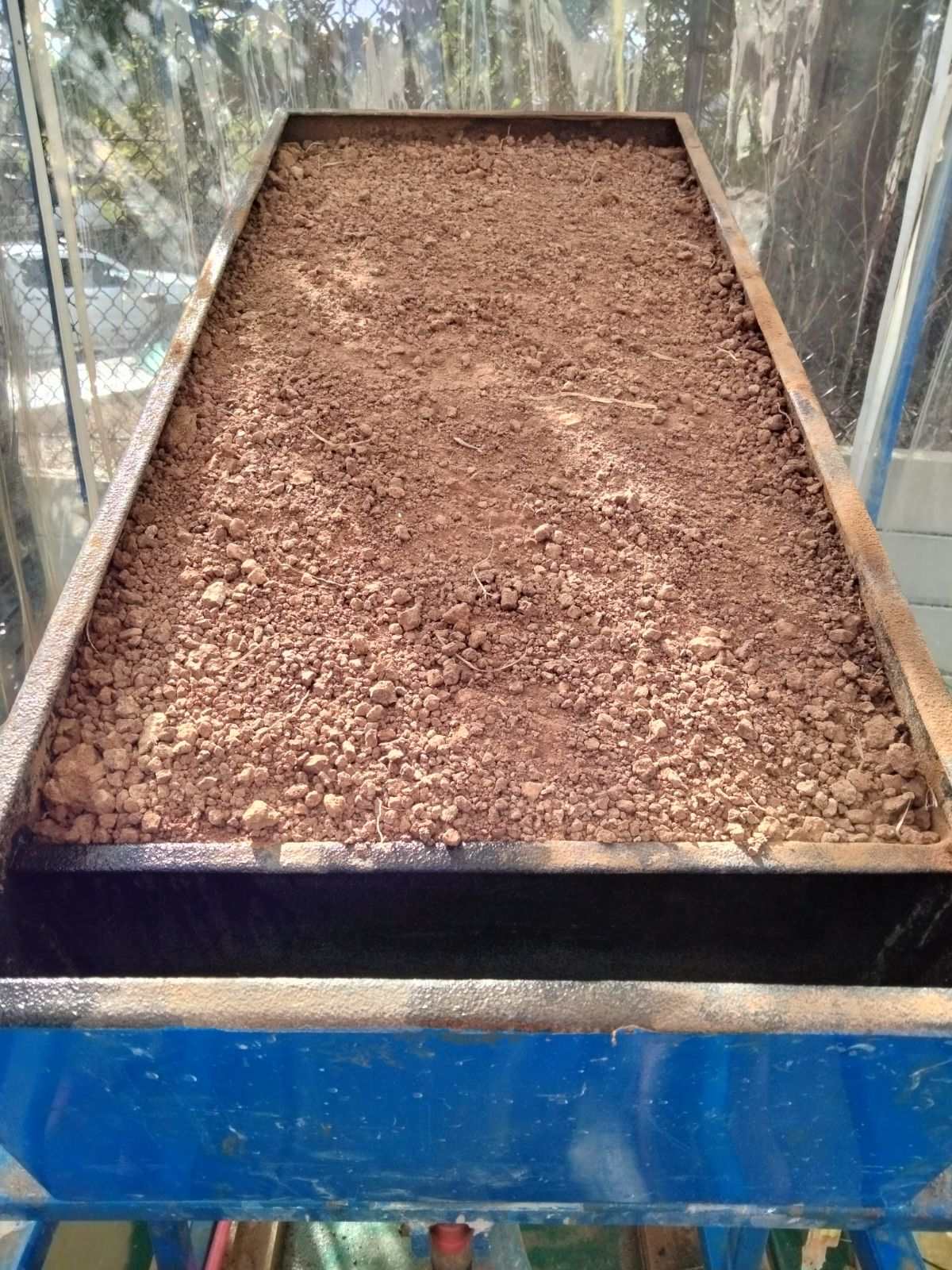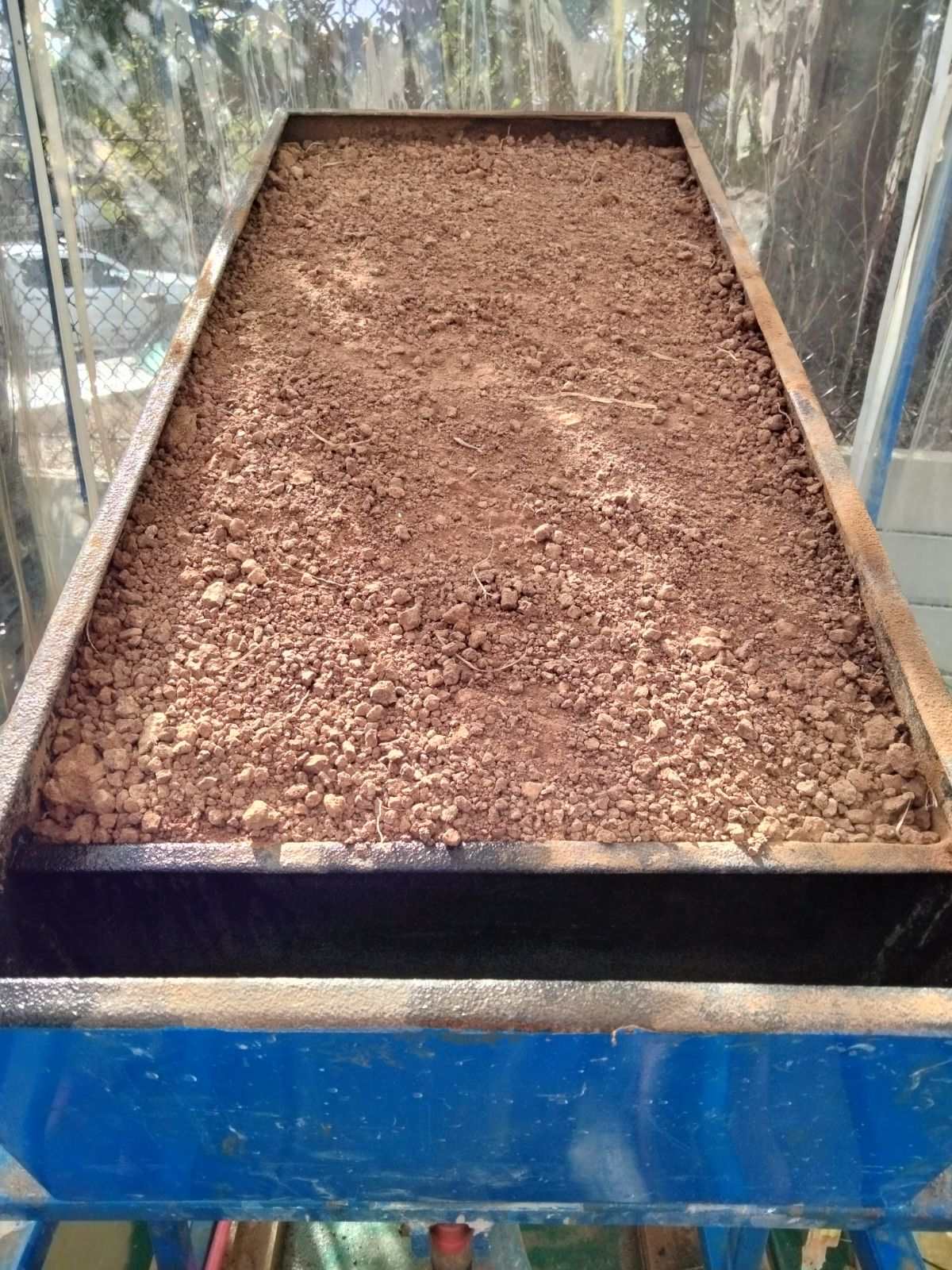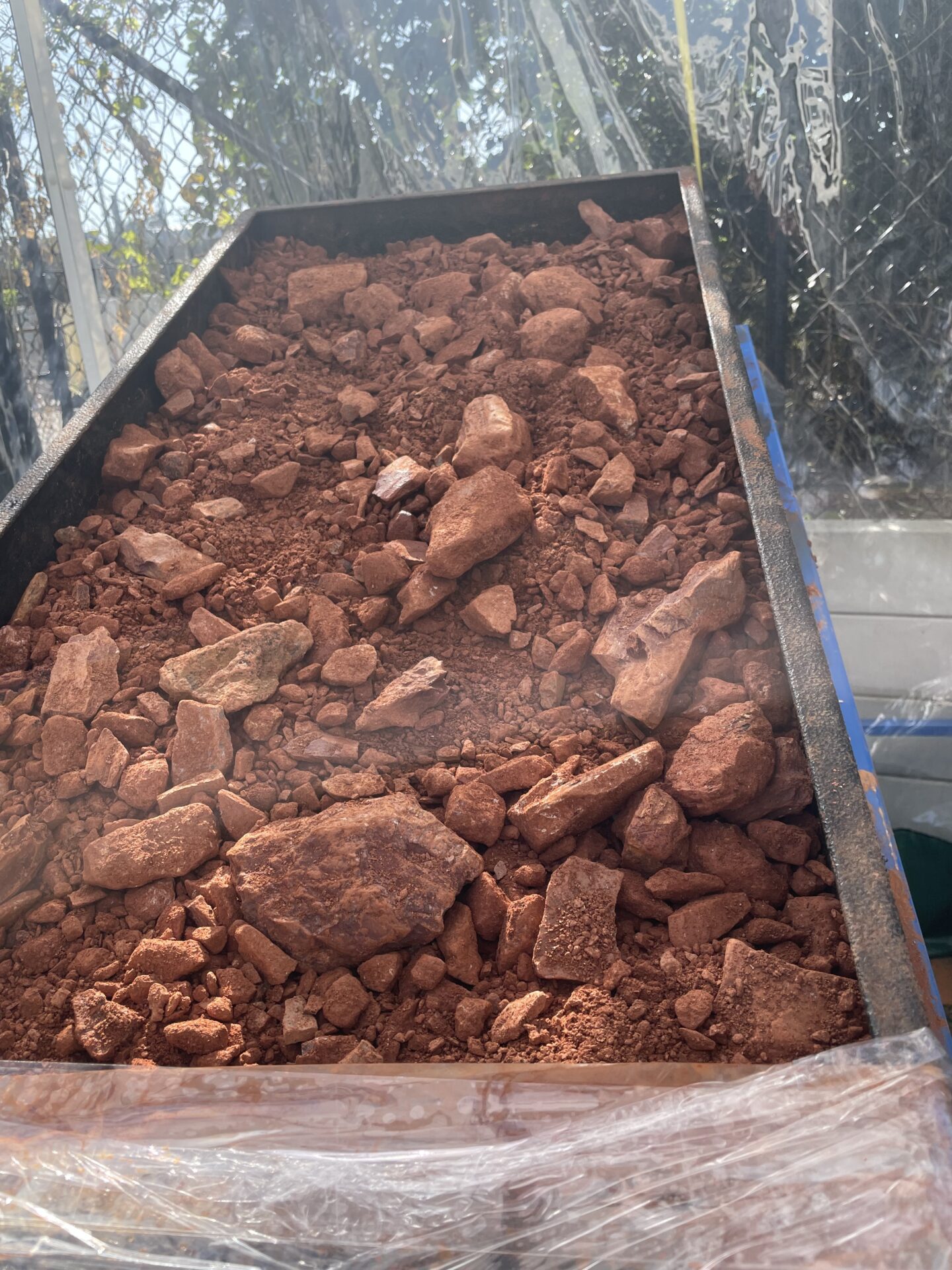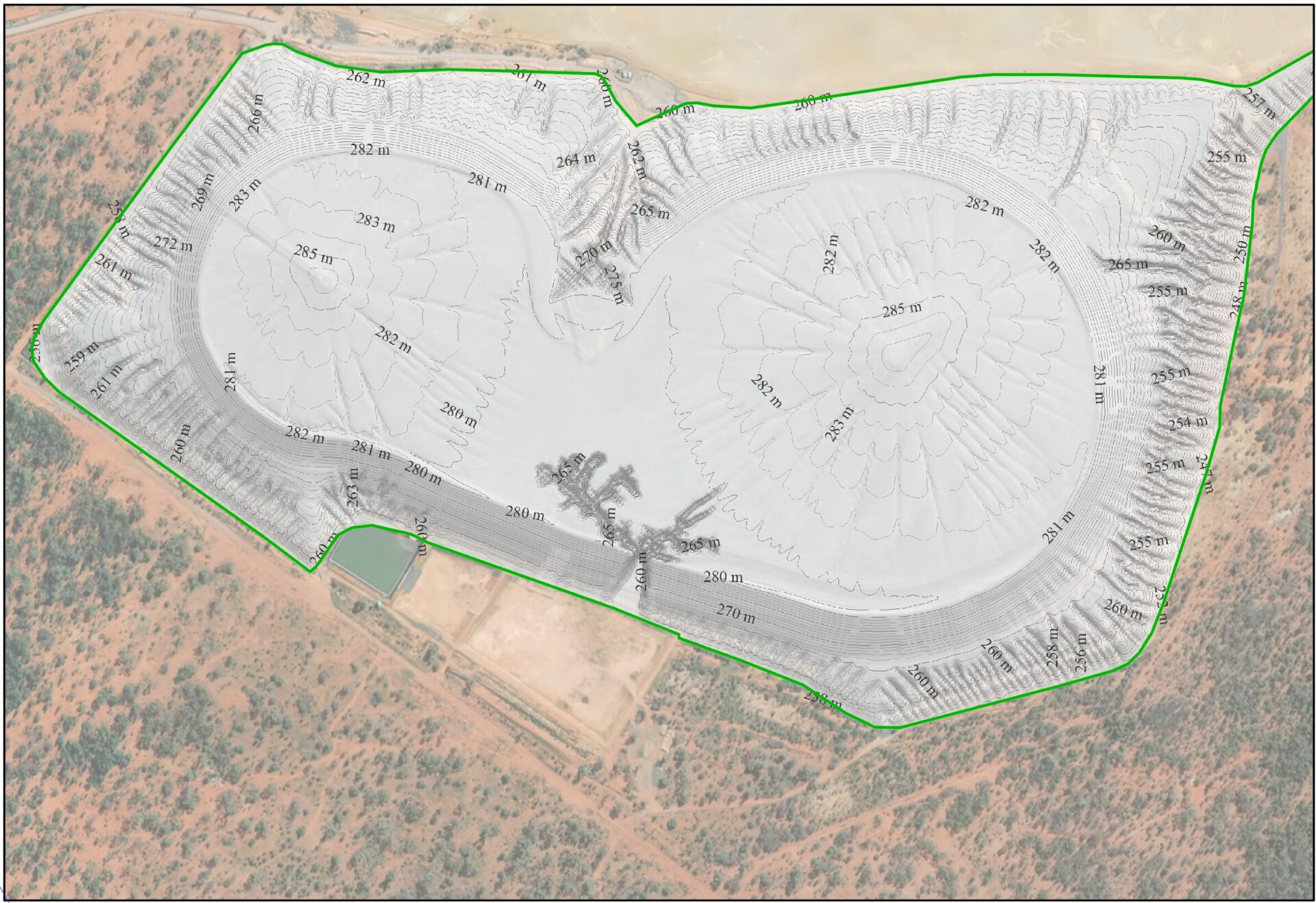Background
SGME competed two- and three-dimensional landform erosion stability modelling of a tailings storage facility rehabilitation landform. The mine is an underground copper mining operation located north-east of Cobar in central-western New South Wales.
Objective
The mine operates a tailings storage facility with a central high-solids discharge that has resulted in two elevated cone deposition beaches that are characterised by long and steep slope angles. The rehabilitation strategy includes minimal reprofiling and a preference for water management structures to move water away from the rehabilitated landform.
SGME developed calibrated Water Erosion Prediction Project (WEPP) and landform evolution models to assess the cover and rehabilitated landform erosion risk. WEPP is a continuous simulation program developed by the United States Department of Agriculture’s Agricultural Research Service.
Solution
Rainfall and overland flow simulations were crucial for determining erodibility parameters for both cover and landform materials. These simulations assessed hydraulic conductivity, rill erodibility, interrill erodibility and critical shear stress, all of which were essential for calibrating the WEPP model.
Subsequently, the calibrated WEPP model predicted potential erosion rates over a 100-year period for the rehabilitated landform, considering four different cover options. This data was then used to calibrate a landform evolution model to provide insights into long-term landscape changes, erosion patterns and potential failure points in the cover and landform.
SGME’s approach to cover and landform design is comprehensive, starting with geochemical characterisation and cover option analysis. We then use instrumented columns to monitor key parameters over time which leads to the development of a calibrated numerical model that predicts cover performance under varying conditions.
Using the WEPP model for erosion rate estimation and landform evolution modelling, we simulate landscape changes over centuries. This thorough approach ensures that our designs not only meet regulatory standards but also contribute to enduring environmental protection and responsible mining practices.
Our commitment to excellence in environmental services, especially in mined land rehabilitation, is reflected in our use of advanced techniques such as rainfall simulation and flume experiments. These methodologies ensure accurate data collection leading to precise predictions and tailored strategies for erosion management. By prioritising environmental sustainability, we help clients mitigate risks and achieve long-term stability in their landforms.



